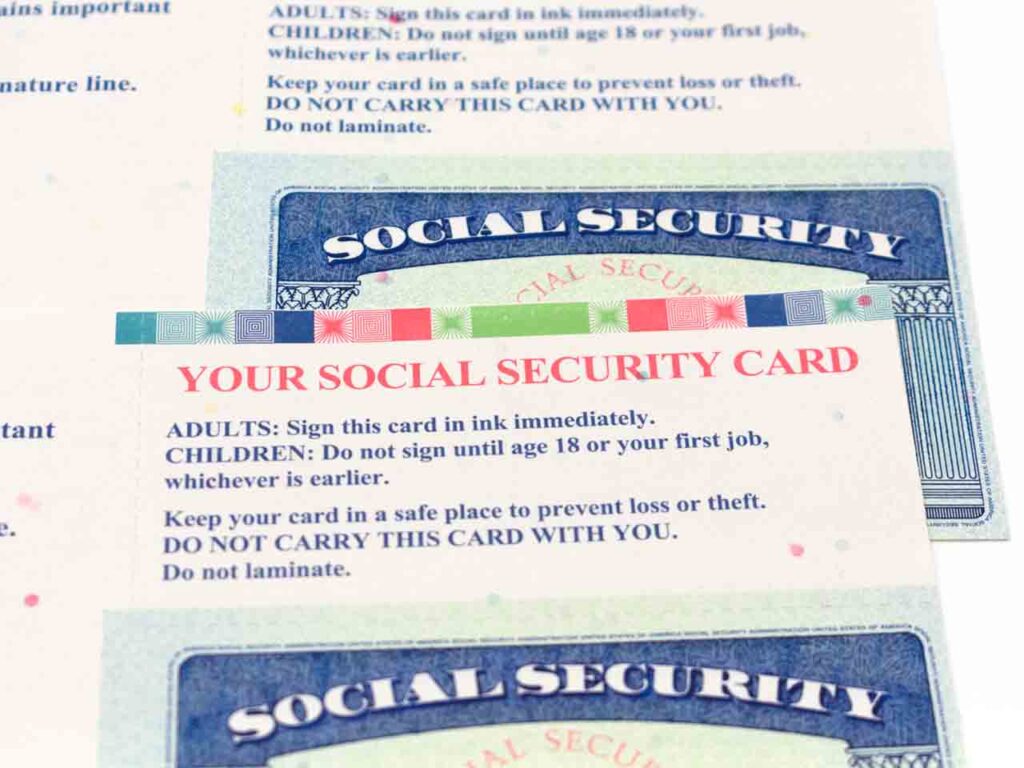Identifying and reporting a cybercrime is important for both personal security and helping authorities to combat cybercriminals.
Here’s a step-by-step guide on how to identify and report a cybercrime:

Stay One Step Ahead of Cyber Threats
1. Identify the Cybercrime
Common cybercrimes include phishing, identity theft, ransomware attacks, online fraud, and unauthorized access to computer systems.
Be vigilant about unusual activity or communication, such as unexpected emails, suspicious links, unauthorized account access, or unusual financial transactions.
2. Preserve Evidence
If you suspect you’re a victim of a cybercrime, collect and preserve any relevant evidence.
This may include screenshots, email headers, chat logs, transaction records, and any other information that can help authorities investigate the incident.
3. Contact Local Authorities
Report the cybercrime to your local police department, especially if it involves financial loss, identity theft, or threats to personal safety.
They may have a dedicated cybercrime unit or direct you to the appropriate agency.
4. Report to National or Regional Authorities
In the United States, you can report cybercrimes to the Internet Crime Complaint Center (IC3) at www.ic3.gov, which is run by the Federal Bureau of Investigation (FBI).
Other countries may have similar organizations or cybercrime reporting portals, such as Action Fraud in the UK or the Australian Cyber Security Centre (ACSC) in Australia.
5. Notify Financial Institutions
If your financial information has been compromised, contact your bank, credit card company, or other financial institutions immediately.
They can help monitor your accounts for fraudulent activity, freeze your accounts, or issue new cards as needed.
6. Report to Relevant Online Platforms
If the cybercrime occurred on a specific platform, such as social media, email, or an online marketplace, report the incident to the platform’s support or security team.
They can take action against the offender’s account and may offer additional assistance.
7. Set Up Alerts and Monitor Your Accounts
After reporting the cybercrime, continue to monitor your accounts for any unusual activity.
Consider setting up alerts for suspicious transactions or changes to your personal information.
8. Update Your Security Measures
After experiencing a cybercrime, it’s essential to review and update your cybersecurity practices.
This may include changing your passwords, enabling multi-factor authentication, and using updated security software.
Remember that cybercrimes can be complex and evolve rapidly.
Stay informed about the latest threats and best practices to protect yourself and your information online.
"Amateurs hack systems, professionals hack people."
-- Bruce Schneier, a renown computer security professional






